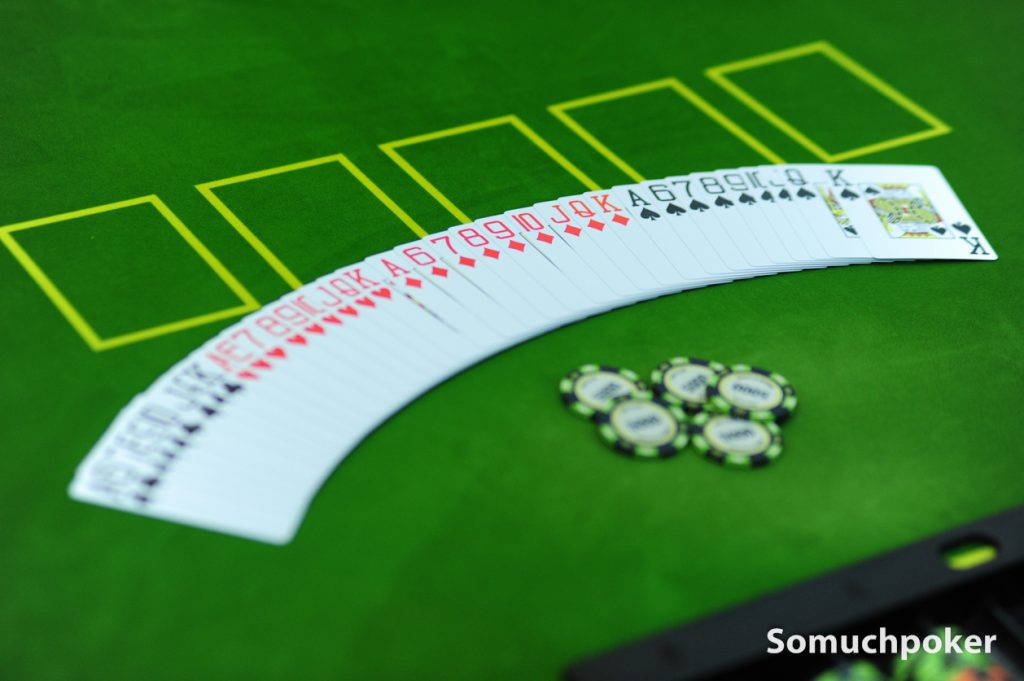Top 10 Beginners Tips for Six Plus Hold’em / Short Deck
It’s been over a year since PokerStars introduced Six Plus Hold’em and since then other major poker sites like GGPoker have followed suit. Six Plus might seem very similar to regular Texas Hold’em, except the ante structure and of course having the deck being stripped of all cards under sixes, but if you jump into a Six Plus Hold’em game, expecting your regular No Limit Hold’em strategy to work you’re likely not going to be successful.
It can take a while to wrap your head around the changes in the hand ranking, where now a flush beats a full house and an ace counts as a five for a low straight, but such changes is also what makes the game interesting.
The game has steadily grown this last year and the game format provides lots of action and fun for recreational players, so if you haven’t given the game a try, now is a very opportune time.
To get you started, our partners at sixplusholdem.com have made a Top 10 Tips for players wanting to learn the game.

For more strategy content visit sixplusholdem.com or join the Discord Community here.
#1 Know how to count your outs
The Rule of 2-4 now equates to 3-6 for counting your outs. E.g. eight outs for an open-ended straight draw on the flop gives you 8 x 3, for 24% to hit on turn and 8 x 6 for 48% to hit by river.
#2 Make sure to understand the stakes of the game you are playing
The ante structure in Six Plus is a totally different game structure than NLH with blinds. It’s a very volatile game and stakes generally play 3-4 times bigger compared to regular Hold’em. So a $1 ante game is comparable to a NL300 game.
#3 Position matter ( even more)
The ante structure and close hand strengths makes the game a battle for position. Anytime you open raise you’ll be forced to play the hand out of position. Playing on the BTN is very powerful and you’ll need to defend with a wide range and exploit weak players with isolation raises or 3-bets. This is why you should limp most of your range in early position and with a stack below 150 antes your limp/3bet strategy should be to go all in over an isolation raise. When you raise first in you should generally raise pot + 2 antes, so in a 6max 1$ ante game you will have 7$ in the middle, a good pre flop opening size would be 9$ or 10$.
#4 Do not overplay low pocket pairs
Low pocket pairs are not great hands. It is very tempting to always want to see a flop with low pairs. However there are not many great scenarios, even if you hit a set. Let’s say you limp with 66 in second position and you see a flop multiway of 6♣8♣T♦. You’ll need to play this strong, but against a common get-it-in range of e.g. 97,88,TT,T8,T6,J9 and T9, you are only about a 60/40 percent favorite.
#5 Connected hands are strong starting hands
Connected hands like 89, 9T, TJ or QJ are much stronger starting hands in 6+ than in NLH. You will flop an open ended straight draw 19% of the time with JT or T9. 12% with QJ. In comparison with KQ it’s only going to be 6% of the time.
#6 Be aware of straights
If a board runs out without being paired by the river, there will always be two or more straights possible.This means if you’re holding one or two pairs on the river, play it with caution. E.g. on a board of A 9 J K 6, both QT and 78 make a straight. And on a board of A T 7 J 8, you will have three possible straight hands with either KQ, Q9 or any hand with a 9. An unpaired board happens 33% of the time in 6+.
#7 Play your straight draws aggressively
As explained in #5, a straight draw will occur more frequently in 6+. Since you’ll have decent equity vs. e.g. an overpair or top pair, in most spots it will be profitable to play it aggressively, to get your opponent to fold a hand that you would be flipping against.
#8 Top pairs are very vulnerable
Unlike in regular NLH, top pair is not nearly as strong anymore and you will often be faced with tough decisions on later streets. Holding top pair on the river will likely not be the best hand, especially if it’s multiway. Therefore you should not overplay your top pair and generally try to pot control in most spots, since it’s a very vulnerable hand on the flop.
#9 Don’t stack off too light by the river
When you are holding a strong hand like a straight or a full house on a board that allows a flush, you should generally not go all in if you are getting raised on the river.
#10 Suited connectors are very strong starting hands
Suited hands will flop a flush draw about 10% of the time. With a flush draw there’s only five outs to complete your flush. As a general rule you should not be too in love with a suited hand preflop, because even when you flop your flushdraw, only 30% of the time you will complete your flush by the river. A suited hand goes up in value when it is connected, hence your chances of hitting a flush or a straight draw is increased. Low unconnected suited hands should generally be folded preflop, e.g. J6s, Q7s, T6s.
For more strategy content visit sixplusholdem.com or join the Discord Community here.



















